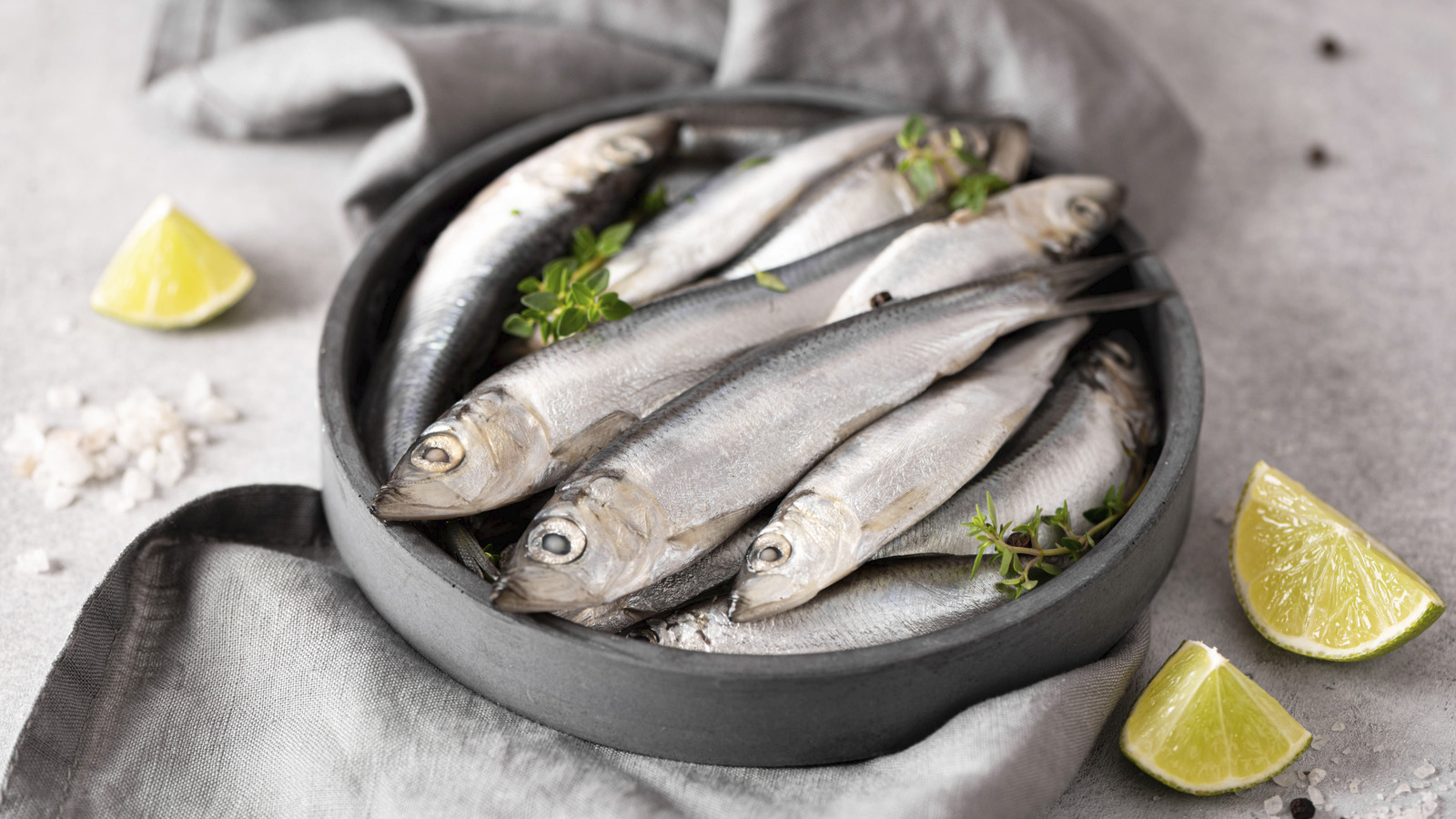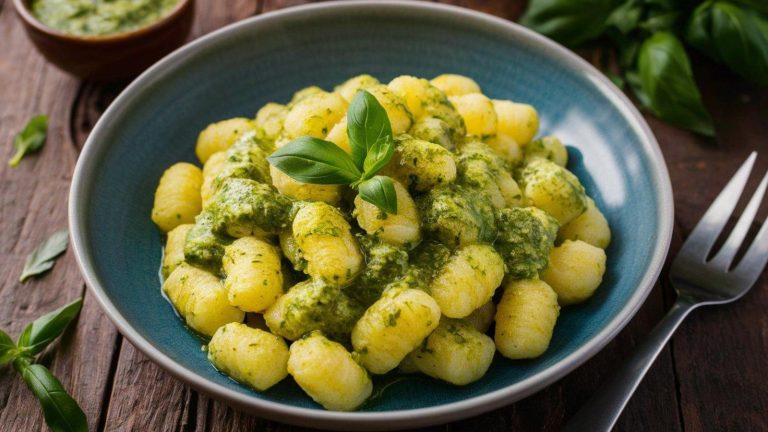The canned fish revolution shows no sign of slowing down, and as you explore the range of options you’re eventually going to wonder what the difference is between a sardine and a sprat. Sardines have been a staple of canned fish options for decades; they may have been the most familiar option for Americans aside from tuna. Sprats never had the same market penetration here and have mostly stayed a specialty of Northern Europe. But as canned octopus, mackerel, and a variety of other canned seafood options show up in the U.S., it’s only a matter of time before you stumble on a jar of sprats.
On first glance these two fish look very similar, and for good reason, as they are both members of the herring family. They are both small, slender, silver-colored fish, but they generally come from different parts of the world. To add to the confusion, sprats are sometimes labeled brisling sardines outside of Europe, because sardines are not just one species, but a general term applied to many different small edible herrings. But sprats are their own group, being specifically from the related Sprattus genus, while sardines come from a variety of other herring genera. It’s all very confusing for sure, but those two names do hide some clear distinctions between these two fish.
What are sardines?
Sardines are a group of small, oily fish that are caught all over the world. They are related not just to herring and sprats, but anchovies as well. There are over 20 species of fish considered sardines, and they are fished throughout the oceans, from Japan to California to France and Portugal, as well as in the Mediterranean Sea. The name for the whole group comes from the Sardina pulchadus species, the “true sardine,” which are named after the Italian island of Sardinia.
Each of these different sardines have distinct flavors to them, but the way most sardines are prepared makes them functionally the same for shoppers. Outside of regions where you can buy fresh sardines, most are canned and the cooking process mutes the unique tastes of each species. Most canned sardine brands are fried, boiled, or steam cooked before they are packed. In some European countries they are packed in olive oil, while other styles will pack them in brine. Some Northern European producers will smoke them instead.
Sardines are oily fish and no matter how they were packed the flavor tends to be rich, salty, and meaty, although not too fishy. This also means they are high in protein and omega-3 fatty acids. They can be eaten straight out of the can, but a popular way to eat sardines is on crackers or on open-faced sandwiches with simple toppings like lemon, herbs, or pickled vegetables.
What are sprats?
Sprats are a member of the same family as sardines, but confined to a smaller number of species that are mostly caught in the cold waters of Northern Europe, although there are sprats in the Pacific as well. They are also oily, like sardines, but sprats tend to be smaller and more slender, with popular commercial versions being less than half the size.
Since they are popular in Northern Europe, smoking them before canning is a common way of preparing sprats, and the version you are most likely to find at the store. Smaller and less scaly than sardines, sprats are known for their extremely tender texture. The fish build up lots of fat due to their cold water environment; this fat makes them very rich and flavorful, but with a more mild taste than sardines. This is complemented by the light smoke flavor. Like sardines, you’ll also find sprats packed in different sauces, with tomato sauce and mustard being common options. They also provide similar nutritional benefits to sardines, as they are rich in omega-3s and protein.
Sprats’ smaller size, buttery texture, and milder flavor make them distinct from sardines, but the two are eaten in much the same way. Eat them whole on crackers or in Scandinavian-style open faced sandwiches, or mash them into a spread. You can also add them to salads or cook them with tomato sauce, like a milder version of anchovies.







